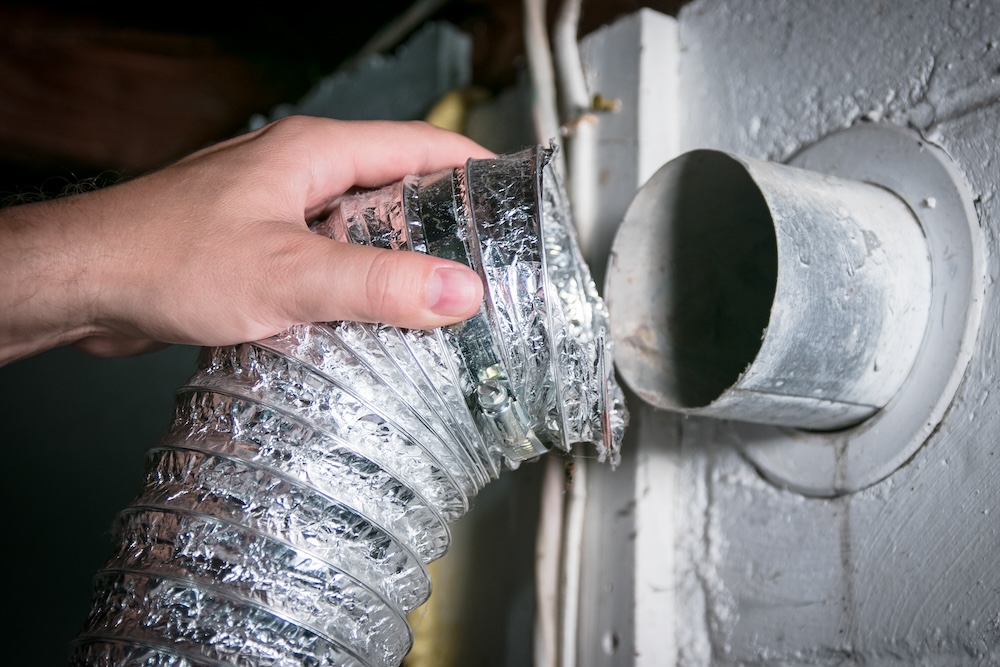In the evolving landscape of property inspections, the transition from UPCS to NSPIRE standards signifies a shift towards more stringent and safety-focused evaluations. A prime example of this evolution is the heightened emphasis on “Clothes Dryer Exhaust Ventilation.” Under the UPCS framework, dryer vents were somewhat underemphasized, with defects carrying relatively minor point deductions. However, NSPIRE has recalibrated the importance of these fixtures, recognizing their crucial role in maintaining a safe living environment. The Inspection Group is here to help you understand inspection protocols for dryer vents under the NSPIRE standards.
The Weight of Dryer Vent Compliance under NSPIRE
NSPIRE’s approach to dryer vent inspections reflects a nuanced understanding of the potential risks associated with improper ventilation. The scoring impact for dryer vent-related deficiencies is significantly higher under NSPIRE, particularly in properties with numerous units. Each defect identified now carries a heavier weight, underscoring the urgency of compliance.
- 24-Hour Correction Window: Most dryer vent deficiencies under NSPIRE demand rectification within a mere 24-hour window, a testament to the seriousness with which these issues are regarded. This rapid response time is especially crucial for gas dryers, which pose a risk of carbon monoxide exposure if not properly vented.
- Exterior Vent Cover Requirements: While the exterior vent cover or cap defect allows a more generous timeframe for correction, its inclusion highlights the comprehensive approach NSPIRE takes towards dryer ventilation, from the interior connections to the final exterior exhaust point.
Understanding the Risks and HUD’s Logic
While it may initially seem perplexing to apply the same level of scrutiny to electric dryers as to gas ones, HUD’s rationale is grounded in a holistic approach to safety. Proper dryer vent installation and maintenance are essential to prevent a range of hazards, including fire risks from lint accumulation and potential mold issues from moisture buildup. This emphasis aligns with NSPIRE’s overarching goal of ensuring habitable and safe housing conditions.
Implications for Property Managers and Residents
For properties that offer washer and dryer amenities, or even just the hookups, the onus is on management to ensure that residents are aware of and comply with proper installation standards. This includes:
- Educational Initiatives: Providing clear guidelines and instructional materials to residents on safely installing and maintaining their dryer vents under the NSPIRE standards.
- Regular Inspections: Incorporating dryer vent checks into routine maintenance inspections to catch and correct any deviations from NSPIRE standards before they escalate into score-impacting deficiencies.
- Investing in Safety: Considering the provision of universal venting kits or offering professional installation services to ensure that all dryer setups meet NSPIRE’s stringent requirements.
A Proactive Approach to Compliance for Dryer Vents under the NSPIRE Standards
As The Inspection Group navigates the intricate landscape of NSPIRE standards, the enhanced focus on dryer vent safety serves as a reminder of the critical link between property maintenance and resident well-being. By adopting proactive measures to educate and assist residents in maintaining compliant dryer vent setups, property managers can not only safeguard against potential hazards but also secure favorable outcomes in their next NSPIRE inspection. Embracing the spirit of NSPIRE, with its emphasis on safety and quality, ultimately fosters a healthier, safer living environment for all residents.





